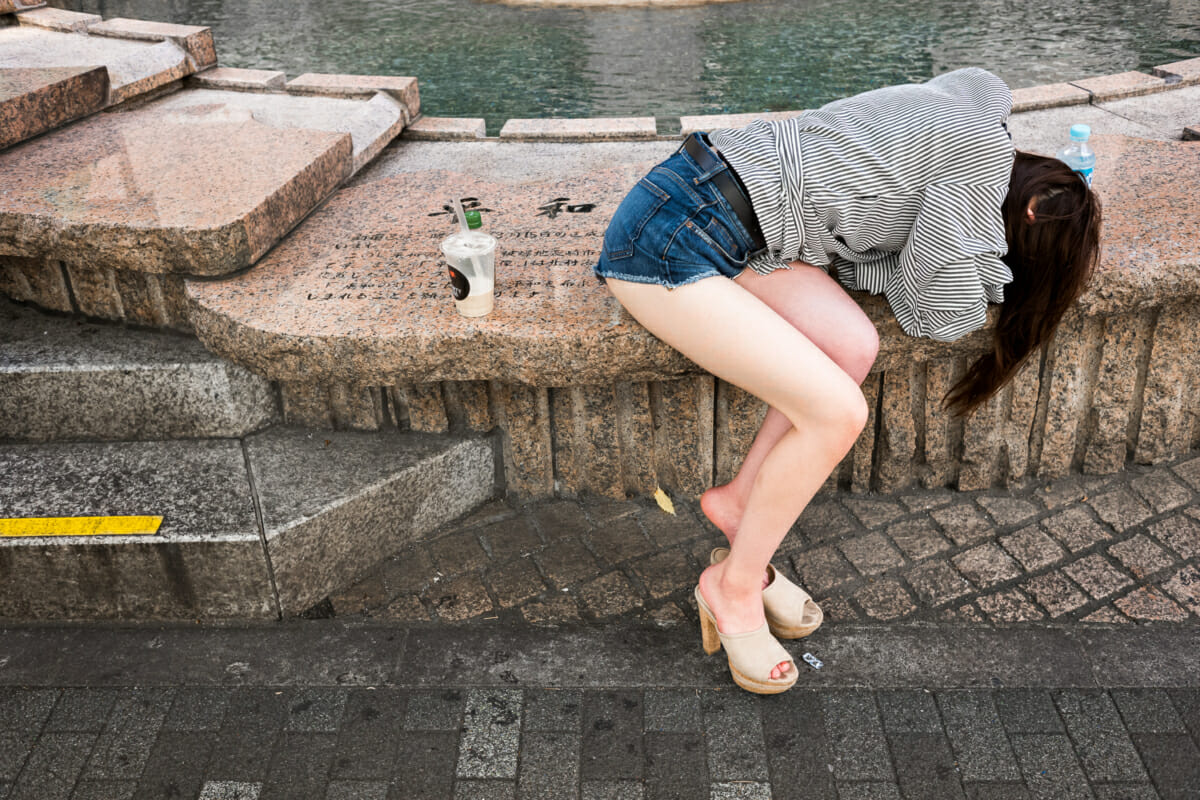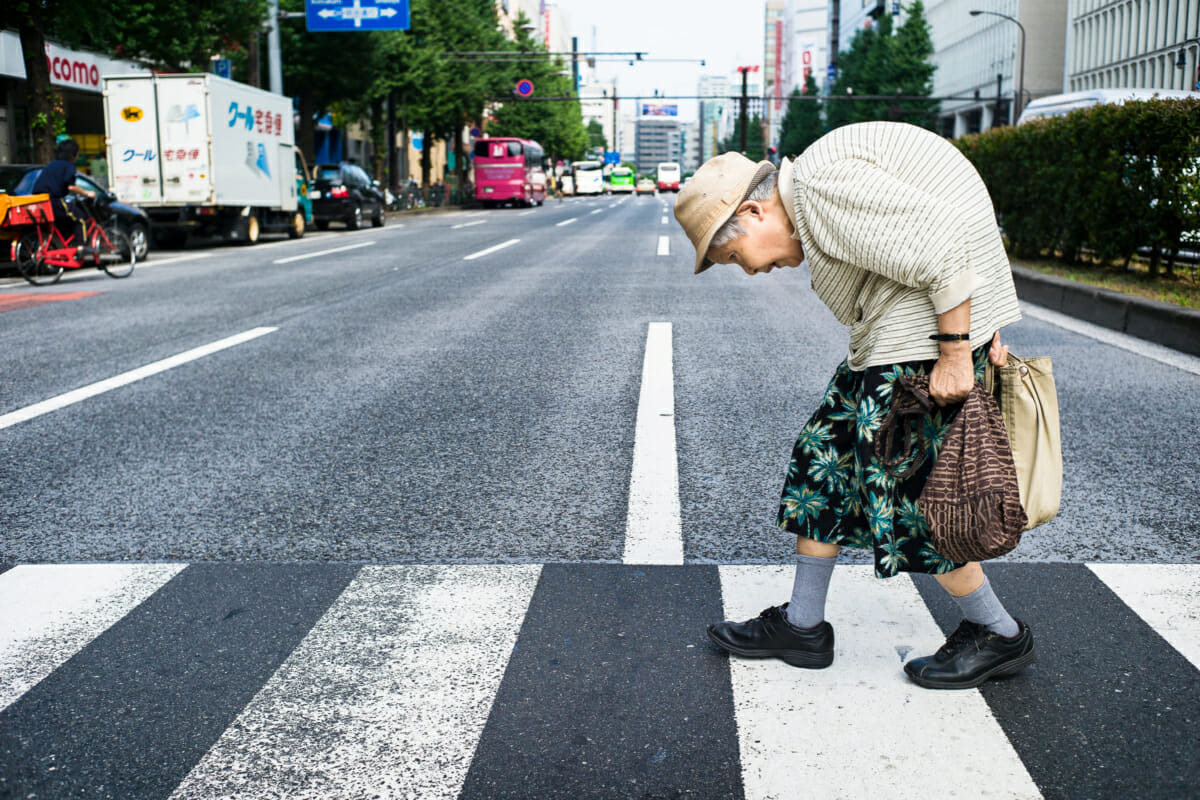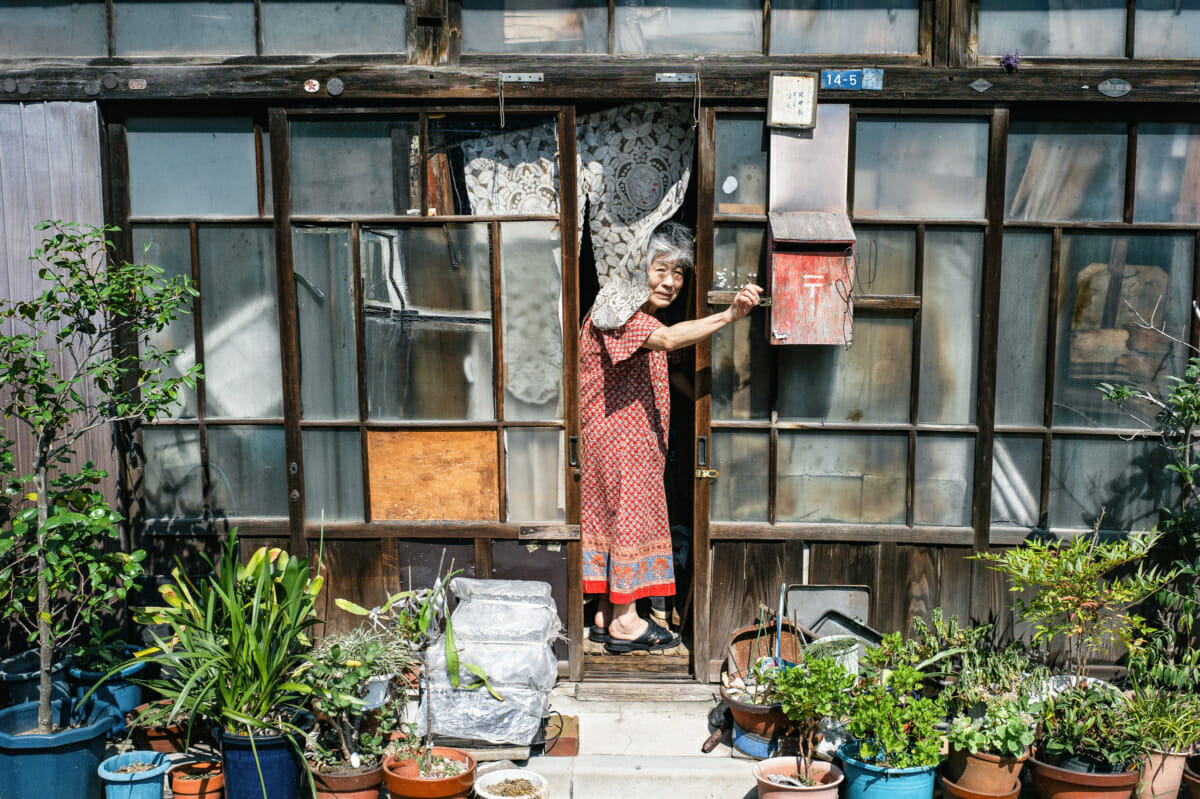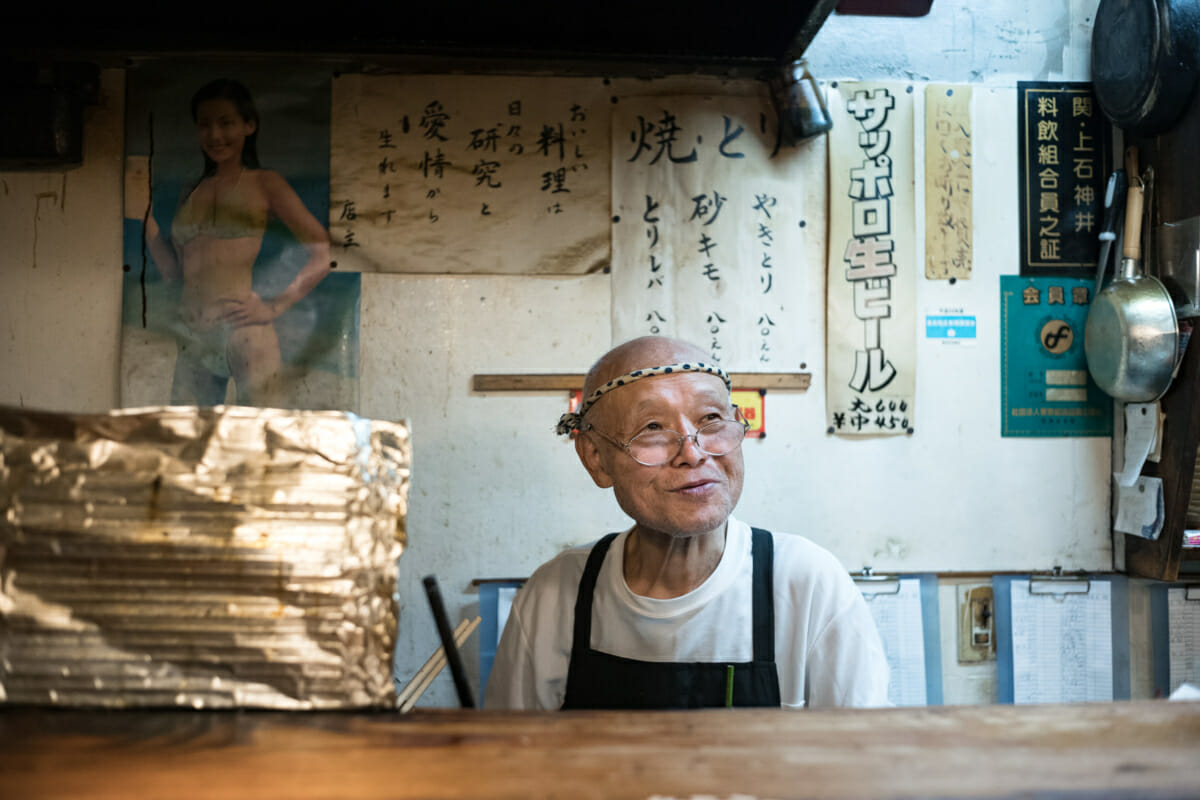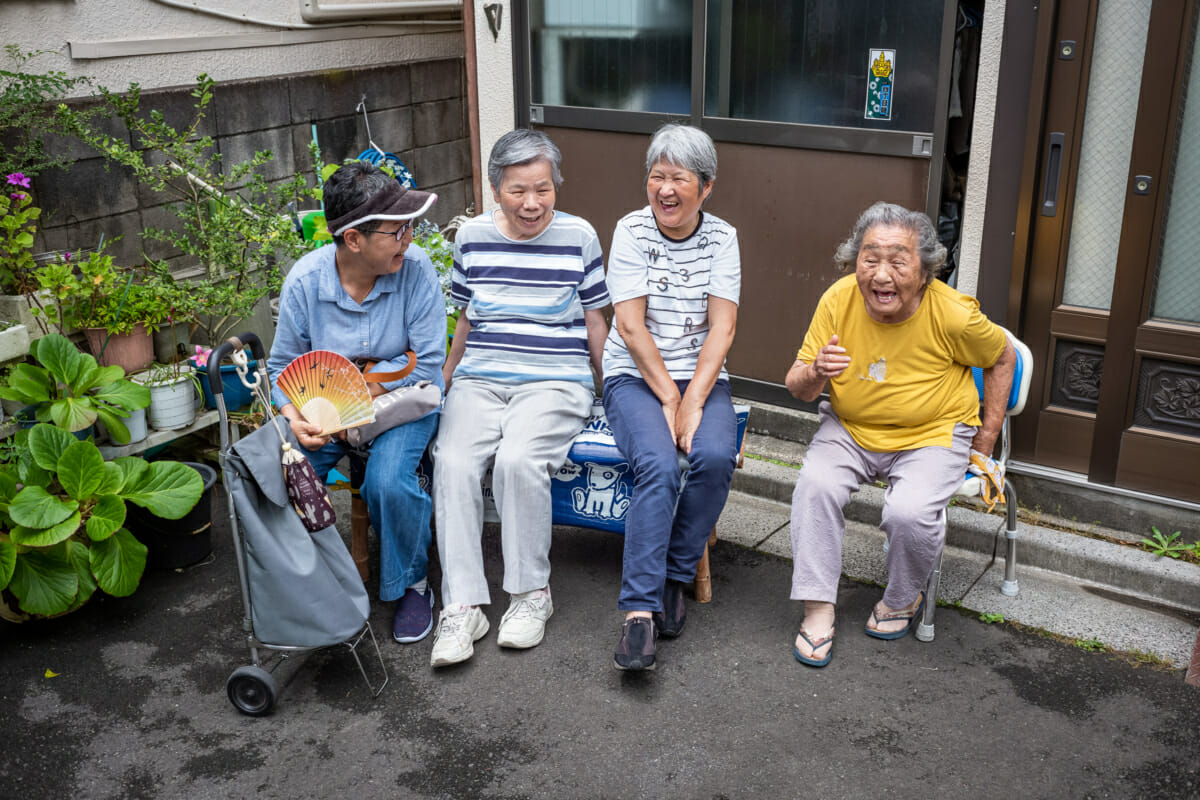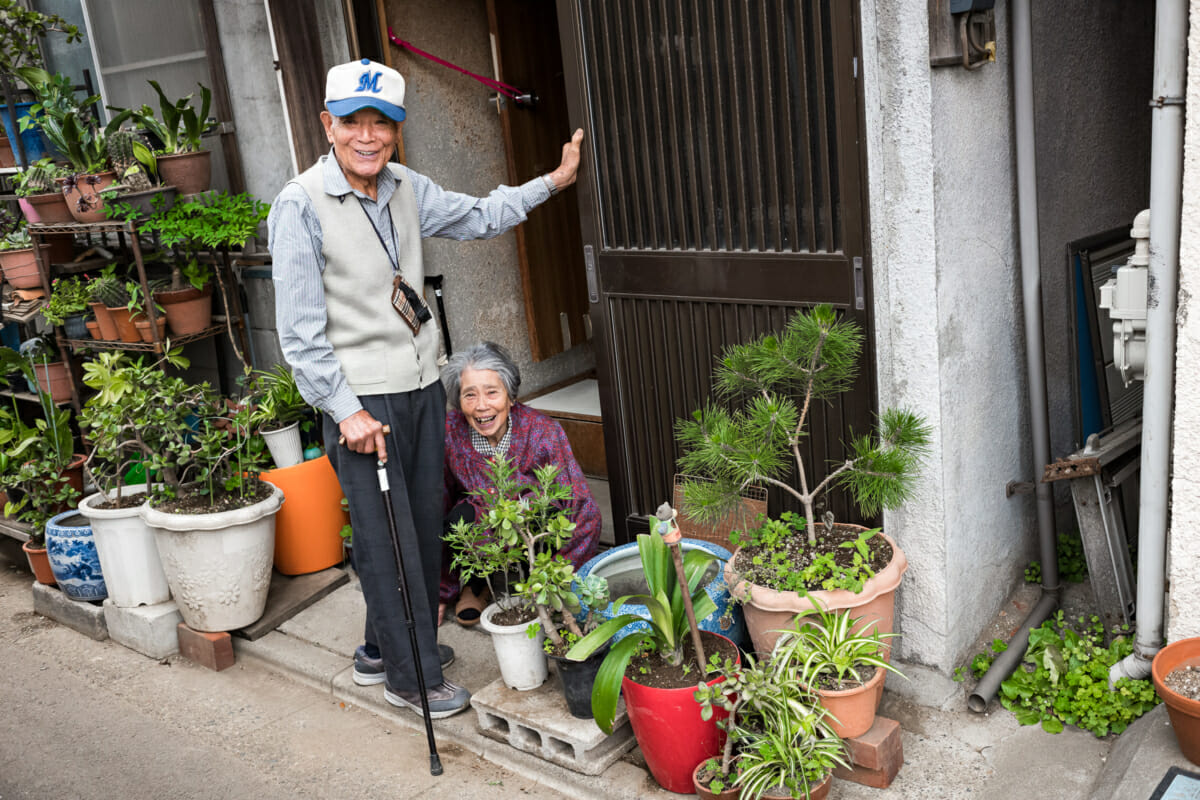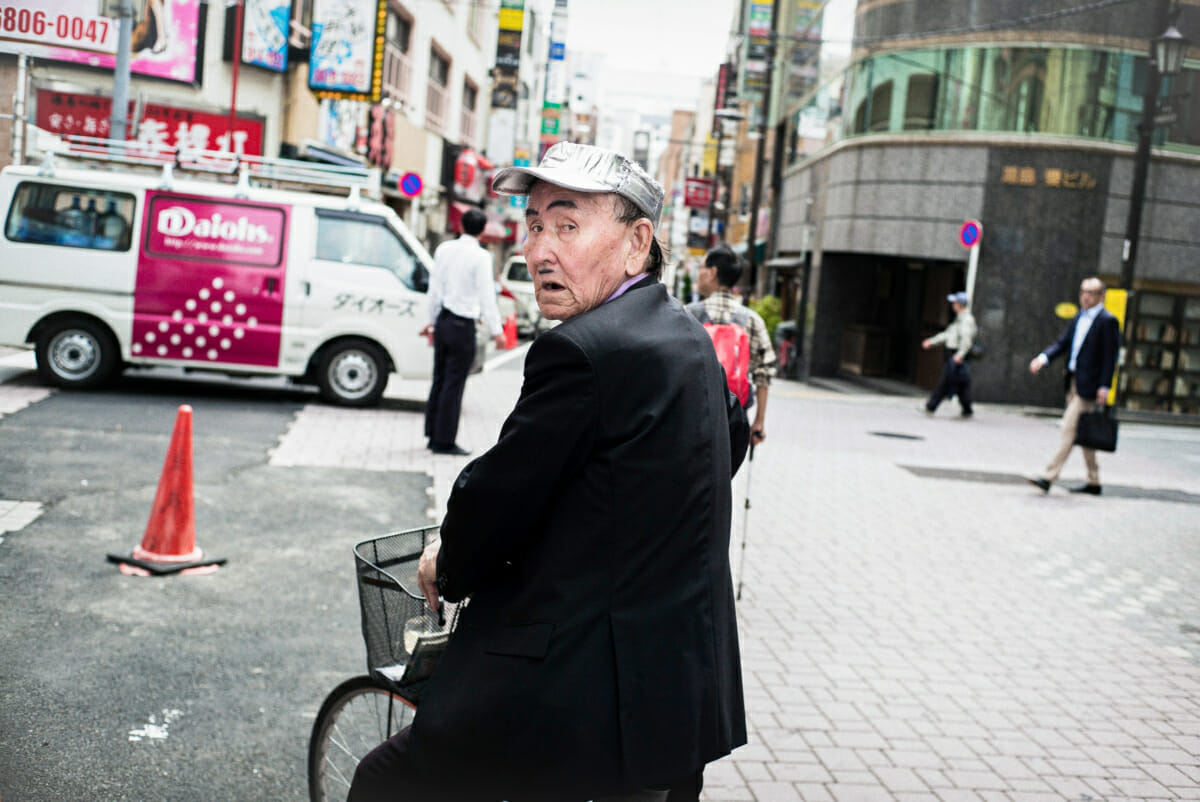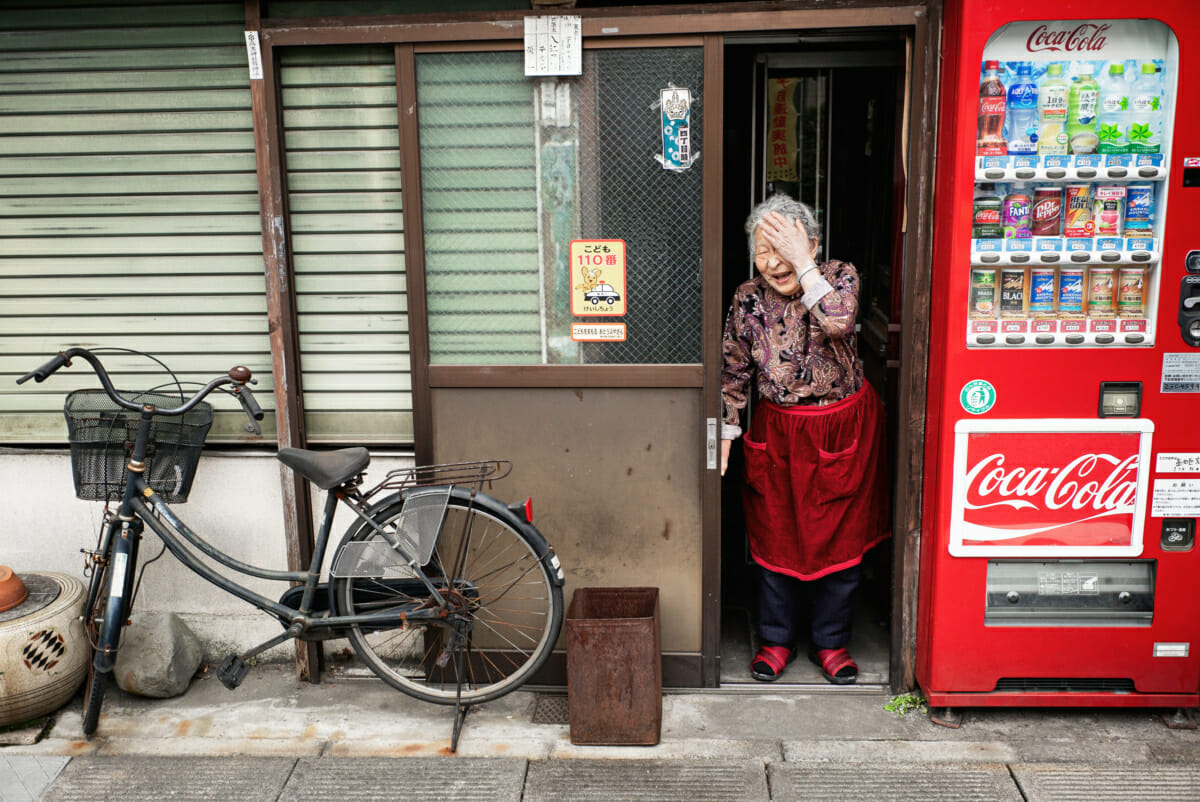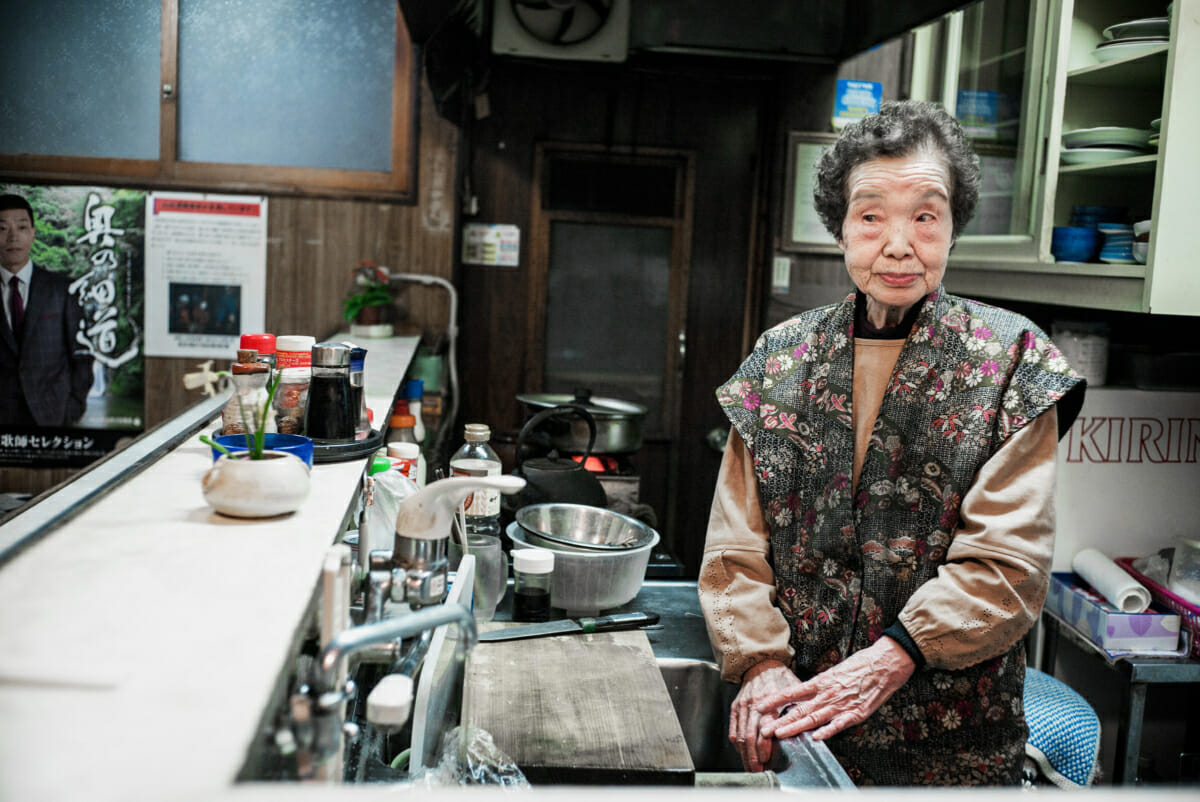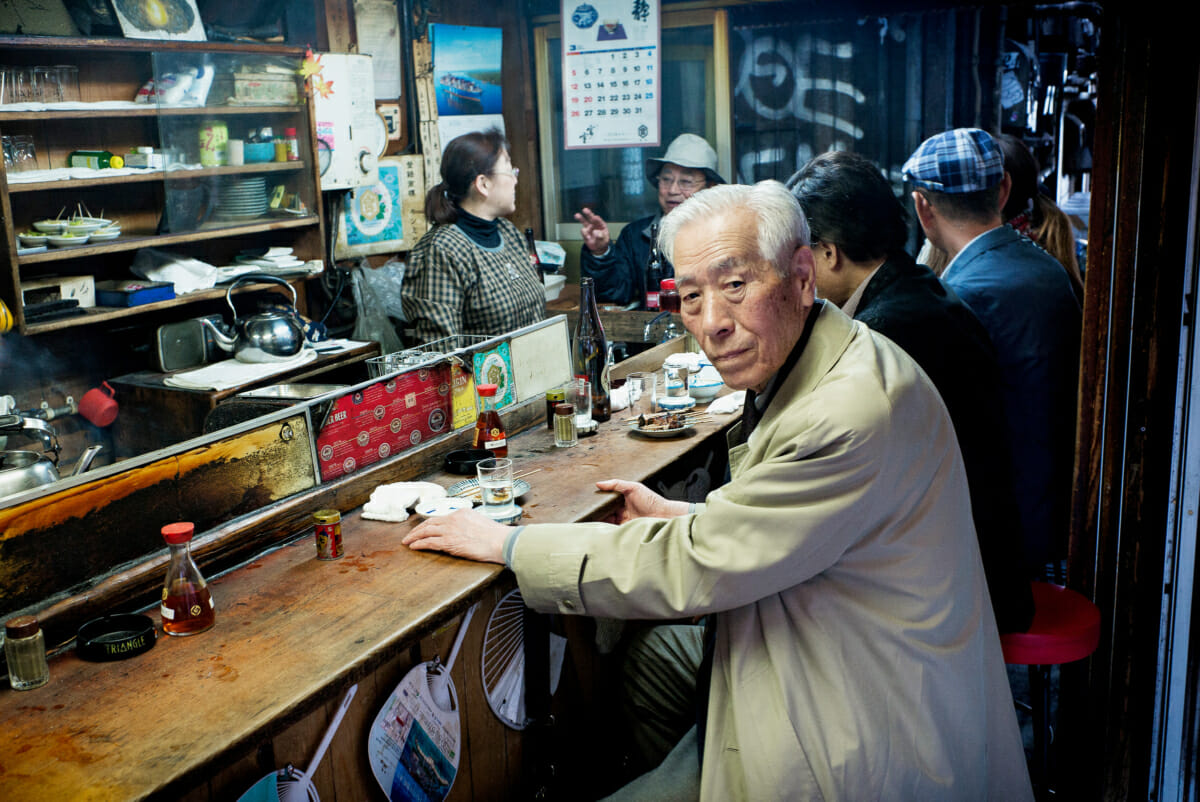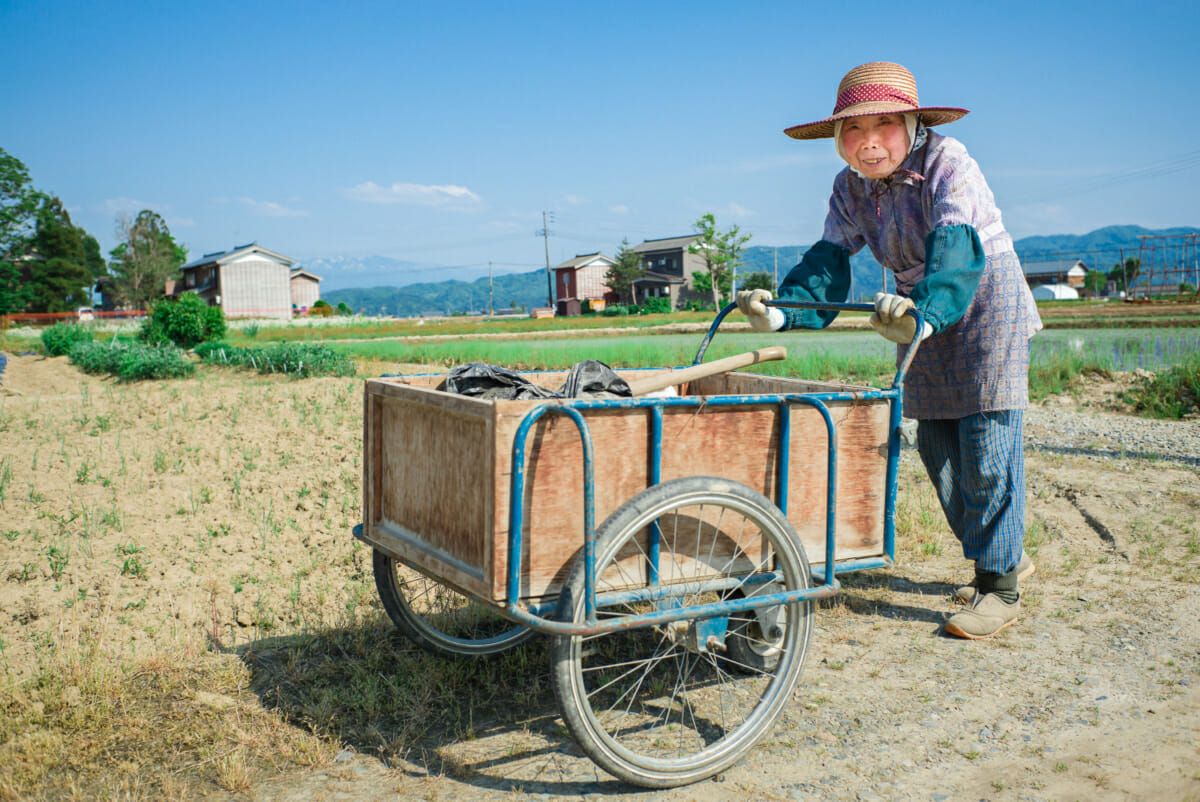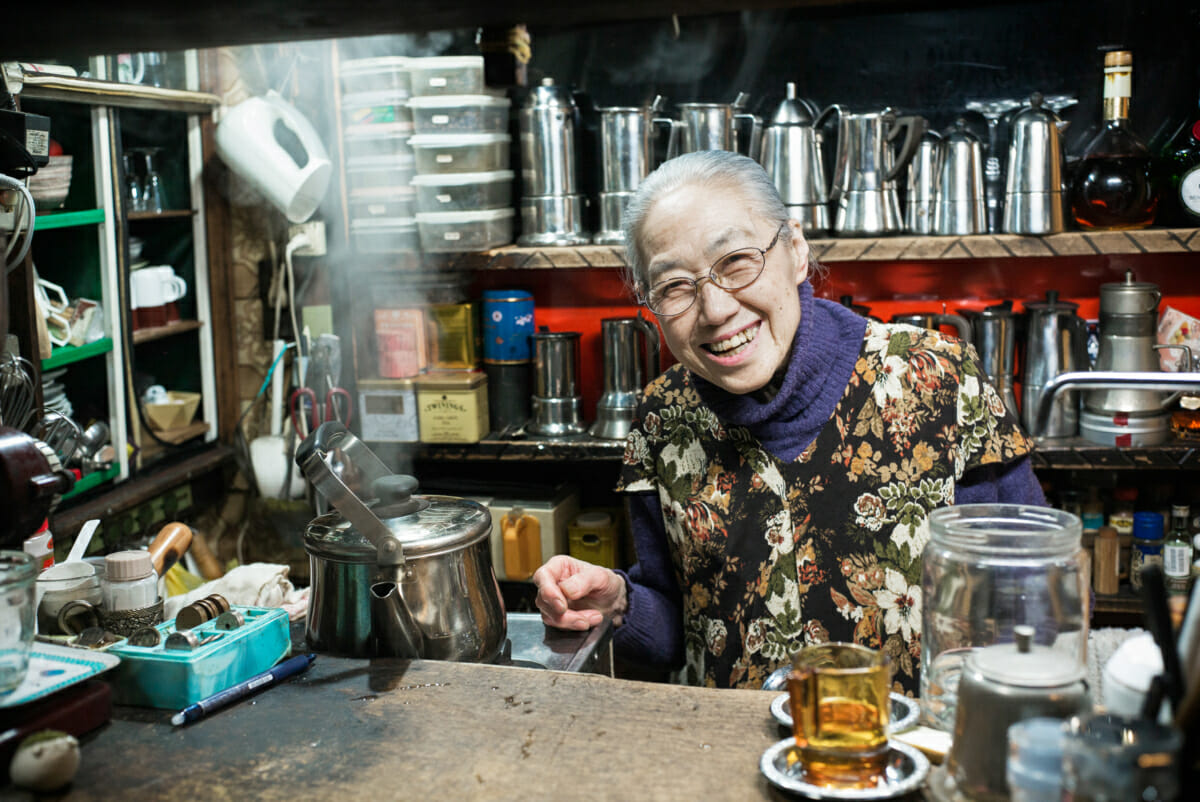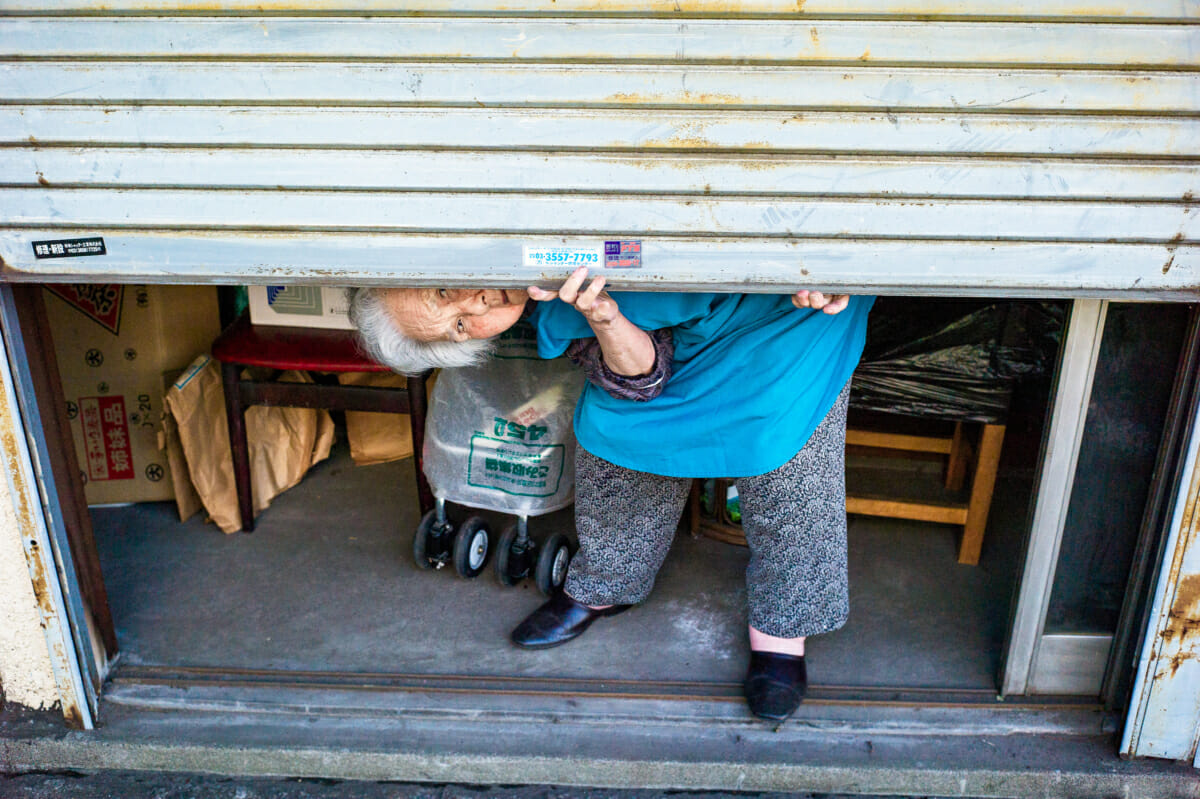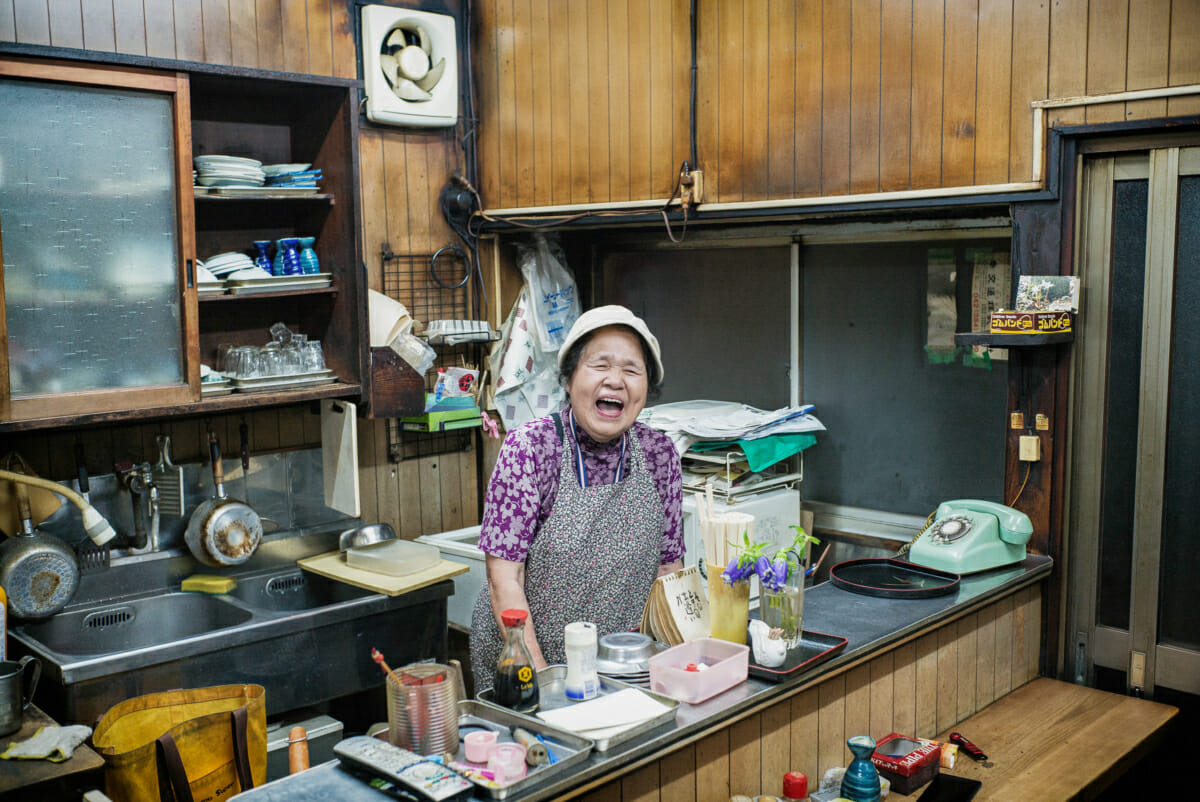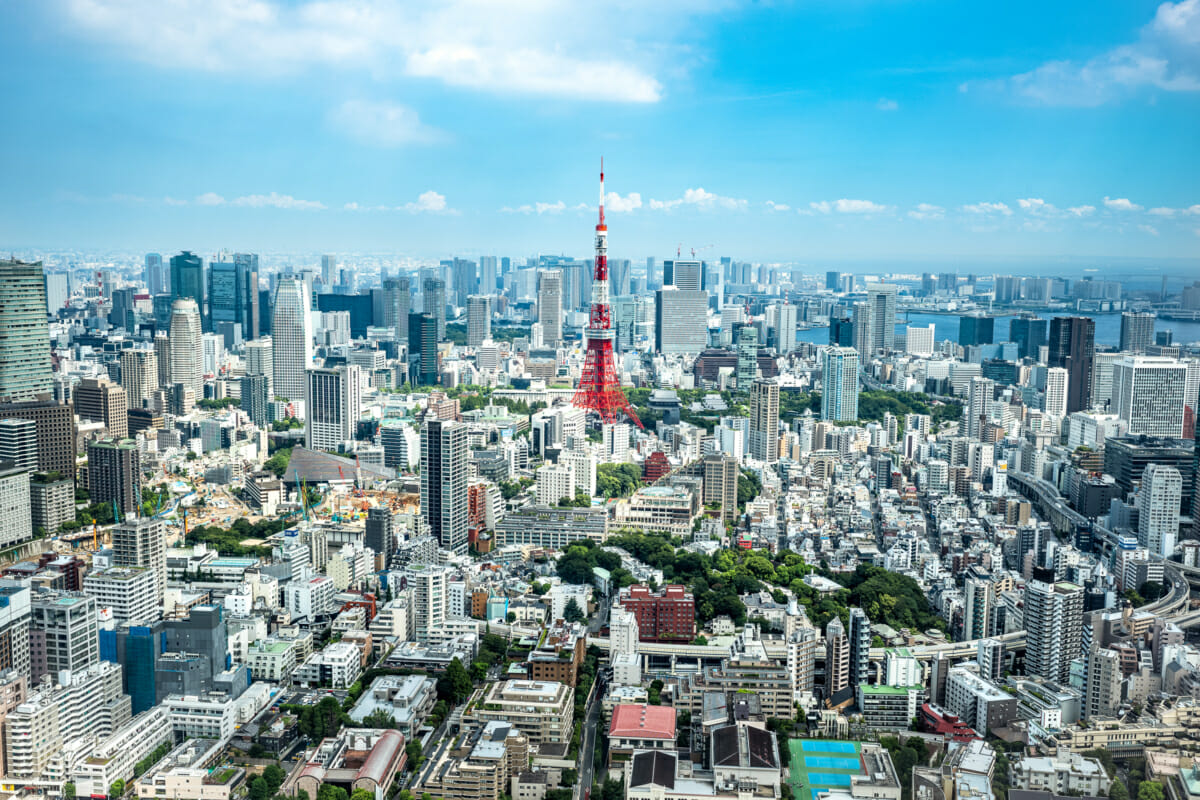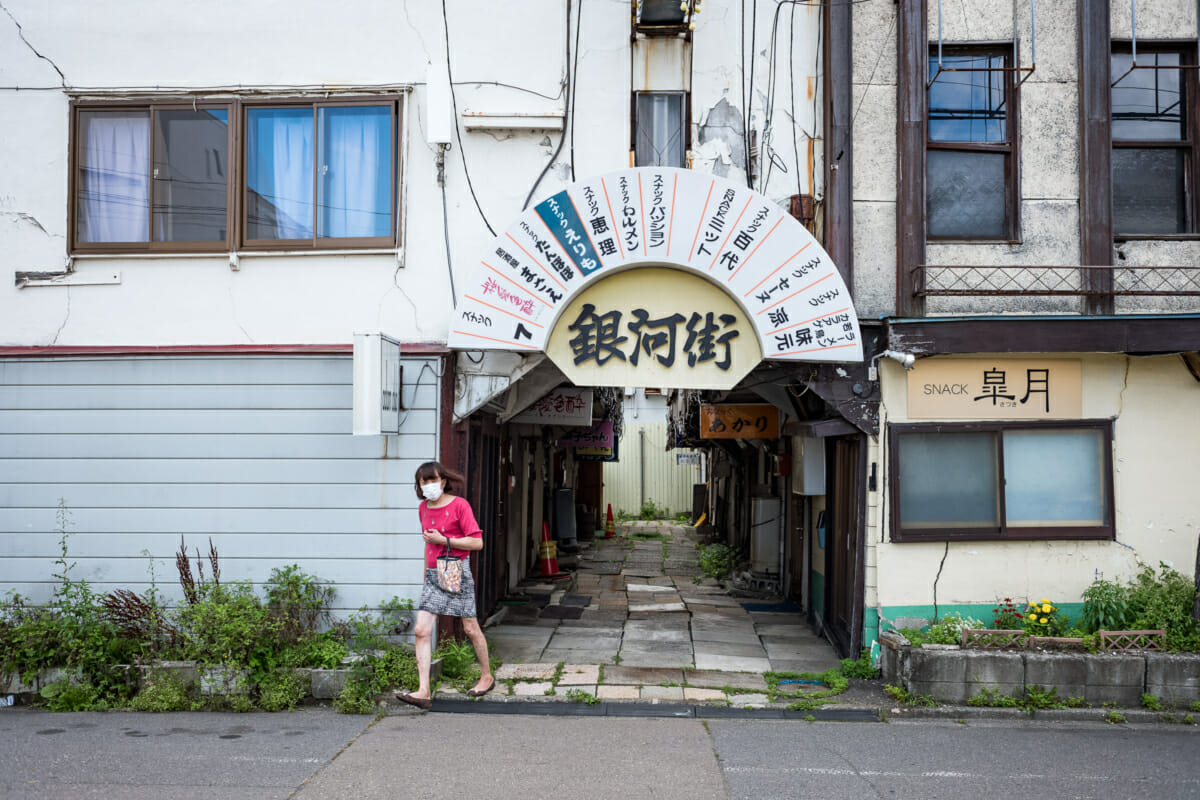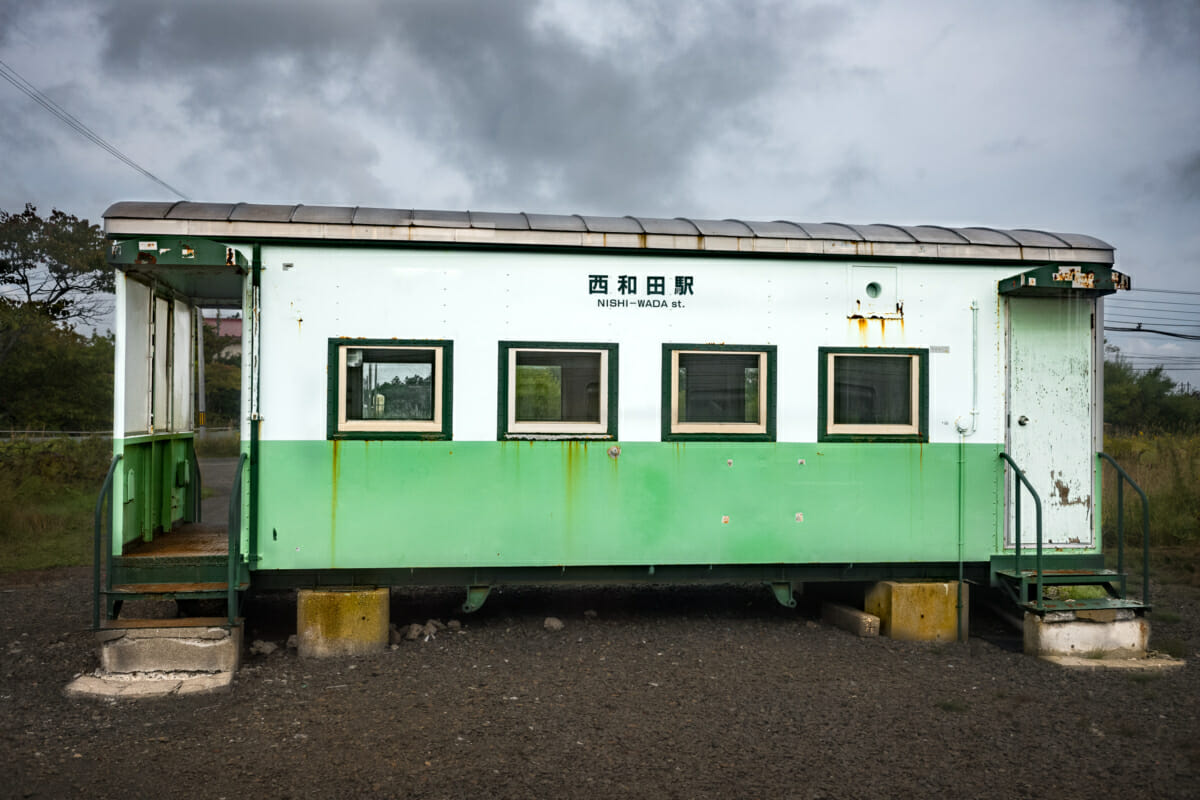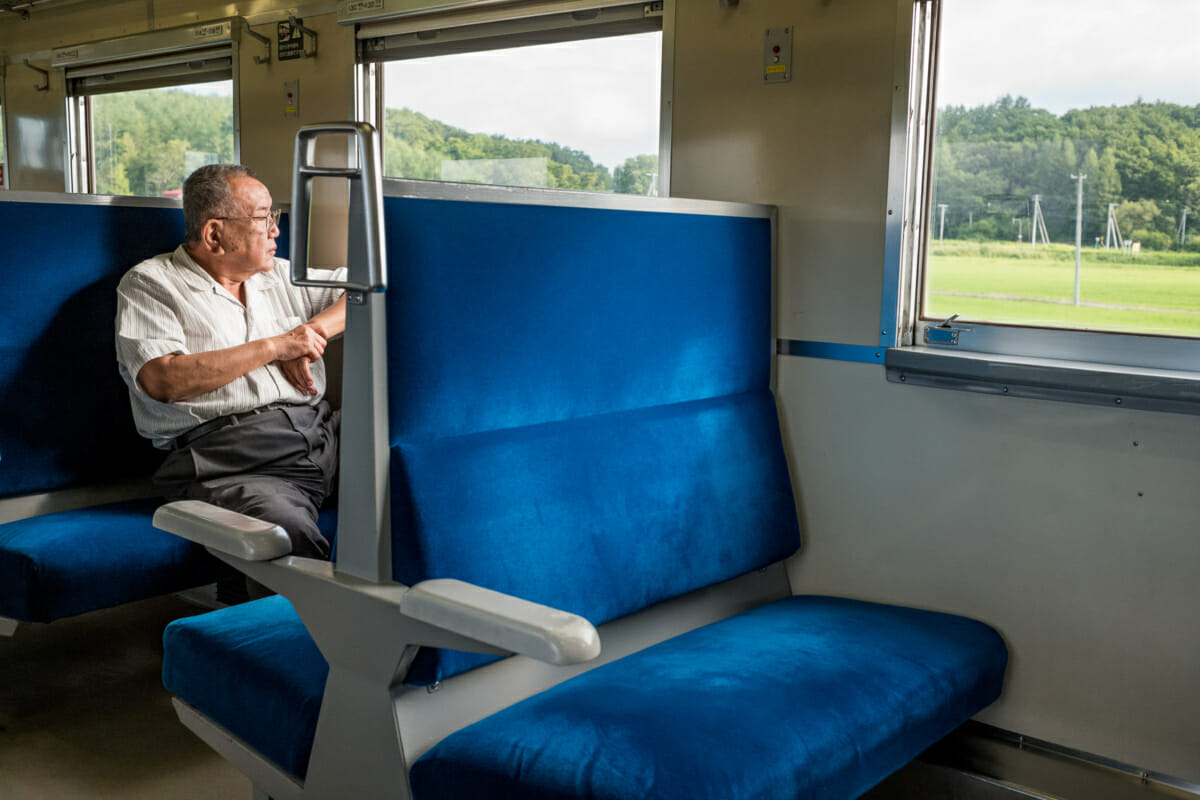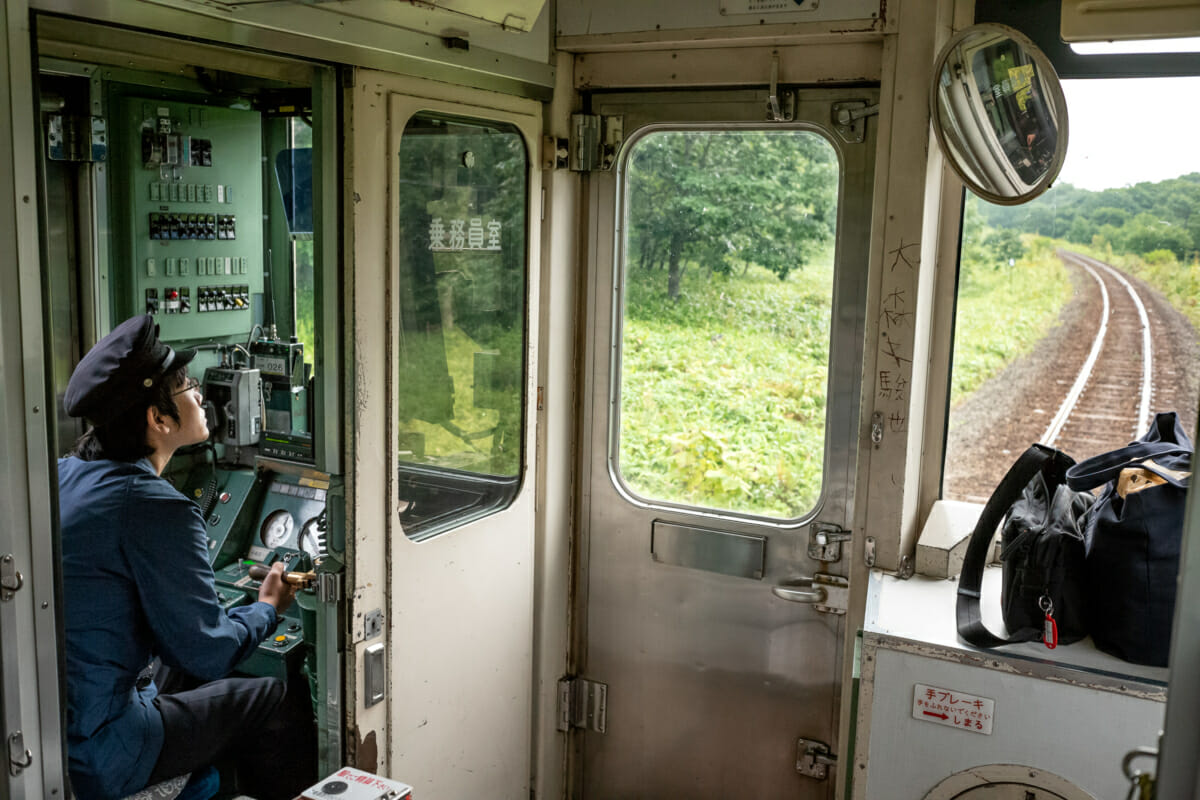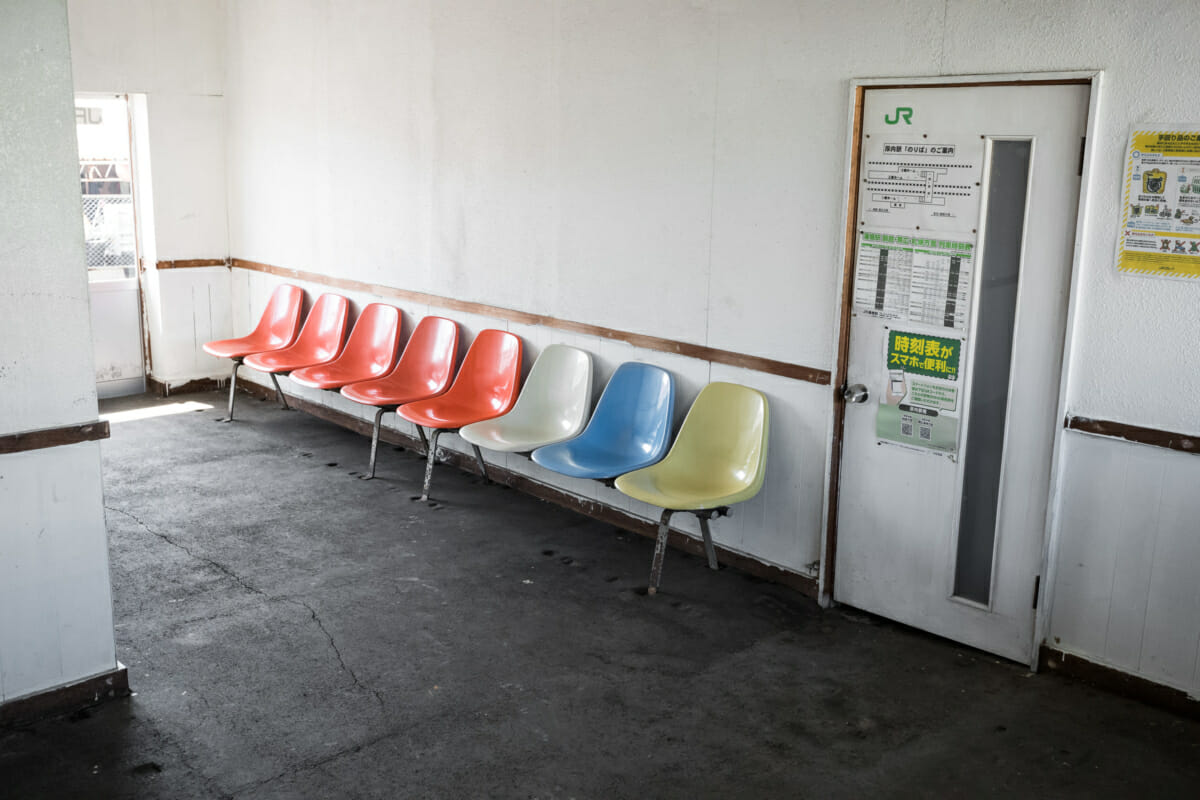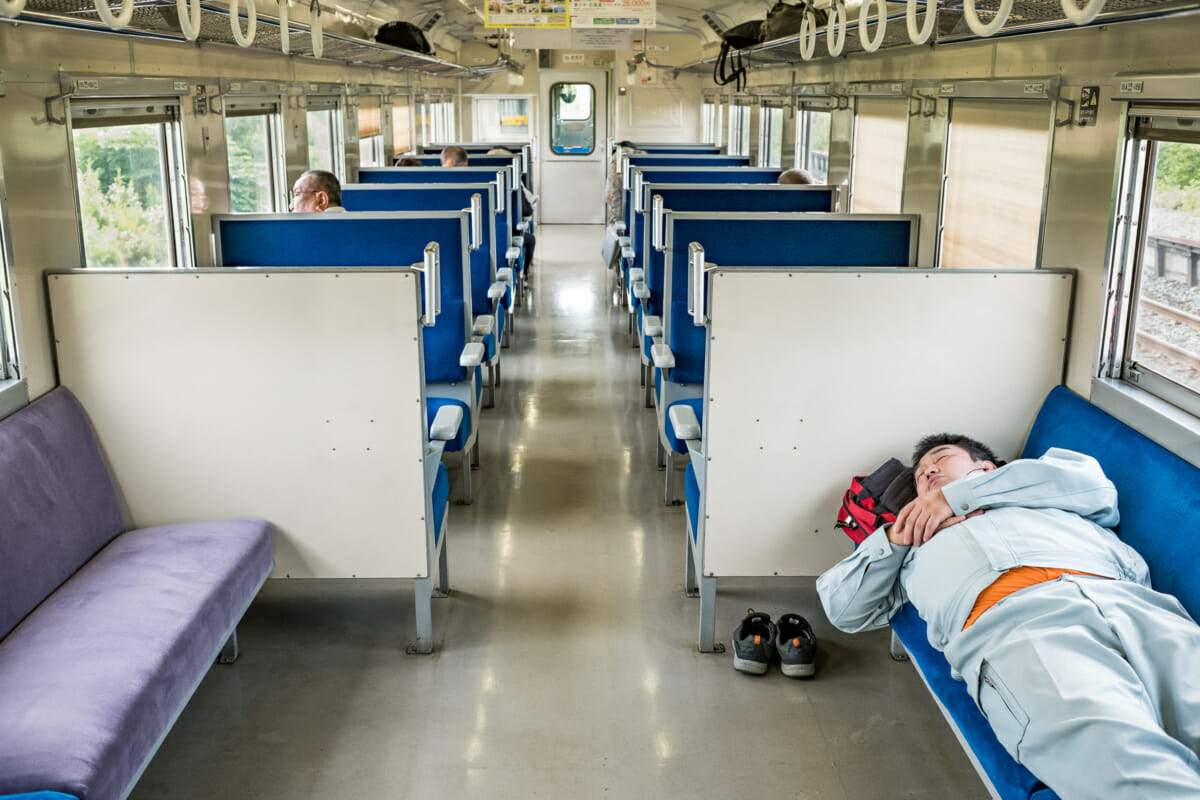A young Japanese woman passed out drunk on the street
It may well be September, but summer in Tokyo shows no sign of letting up, with temperatures still getting above 35 degrees. Heat that, when combined with the similarly unrelenting humidity, is a hard climate to contend with at the best of times. Then on top of that, throw in a long night fuelled by a gargantuan amount of booze, and even the simple pretence of managing is clearly surpassed by the far more pressing desire to simply pass out.
Japan’s Respect for the Aged Day in pictures
Today is a national holiday in Japan. Respect for the Aged Day to be precise. So having taken lots of photos of elderly Japanese over the years, here’s a selection of shots to mark both the day, and this ever-growing, ever-resilient section of modern Japanese society.
Tokyo photographed from above
Not the kind of photo I usually take. It’s a rather cliched one to say the least. But on the rare occasion I do find myself gazing down on Tokyo, the truly massive size of the city never fails to impress. Similarly, with all its distinctive areas, and seemingly limitless surprises, I’m always amazed that this incredible and truly sprawling metropolis has somehow become home. Yet perhaps more than anything, looking down it’s hard not to think about the infinitely varied lives of all those many millions of other people who call it home too.

